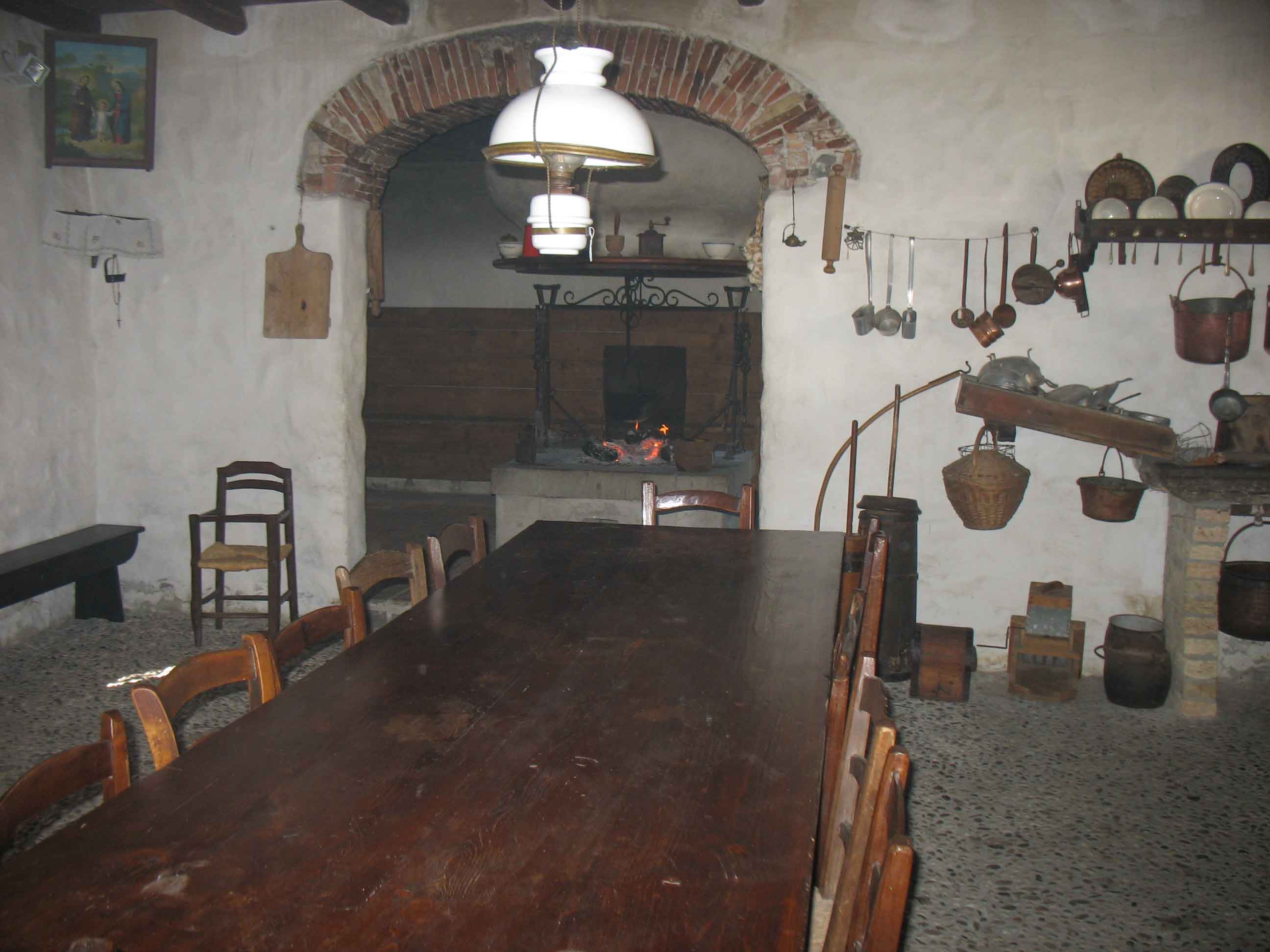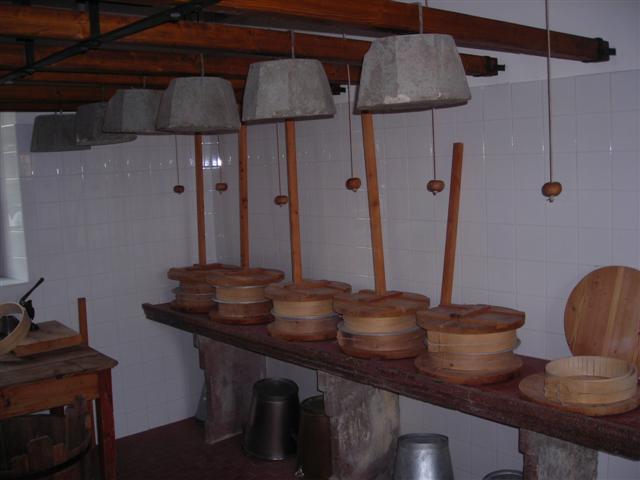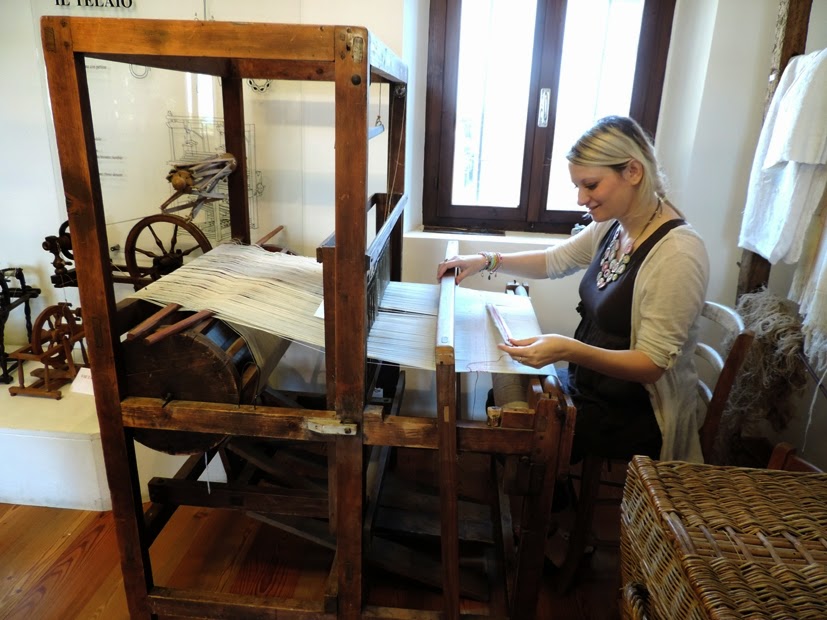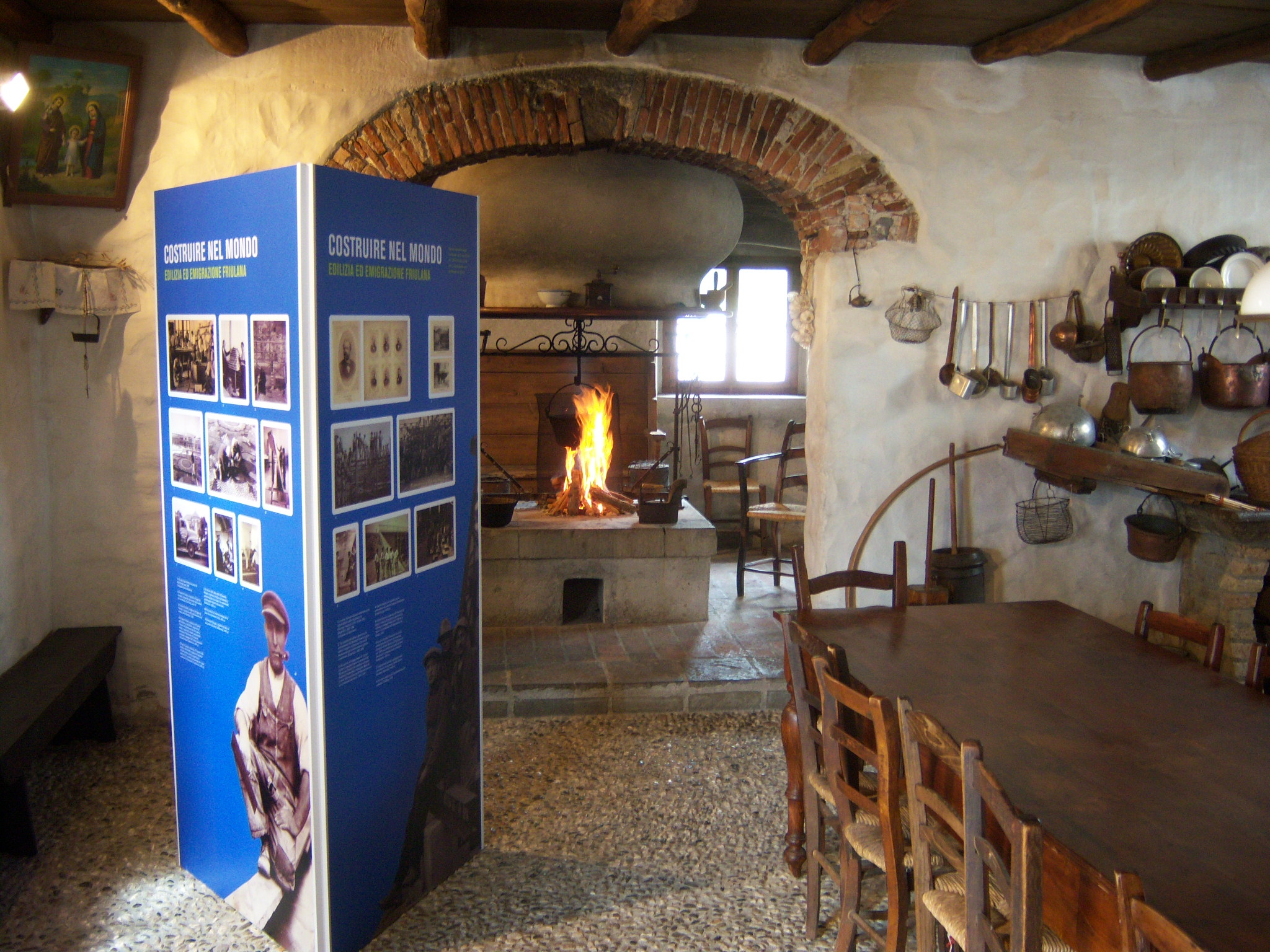
“Cjase Cocèl” Rural Museum
This post is also available in:
 Italiano (Italian)
Italiano (Italian)
The town of Fagagna was built by joining seven ancient different villages. To keep ancient traditions alive and even re-discover some of them a special museum was created.
“Cjase Cocèl” thus tells the story of local country life, from the XIX to the first half of the XX century.
The museum takes its name from the Chiarvesio family, nicknamed “Cocèl” (hence the name of the museum), who lived in the XVII century house, which is now part of the museum building.
The development of the museum was possible thanks to local citizens, who donated some of their objects and tools, and to the ingenuity of the Association of Rural Life which currently manages the collections.
The museum building is basically an old rural house dating back in some parts to the 1600s.
The kitchen, the bedrooms, the cellar, the barn, the farmyard, the workroom and images of people busy with daily chores have been recreated in painstaking details: there’s the basket maker (“zeâr”), the blacksmith (“fari”), the miller (mulinâr), the knife grinder (“gue”), the woman who spins the wool (“filandere”) and the lace makers.
Profitable activities related to clothes and garments are also well documented in a collection of textile fibres and weaving looms. There is also a lot of reference material and exhibits about the traditional bobbin lace and its professional training school with photographs, correspondence, certificates, diplomas, and samples.
A small farm has been built alongside the house, with a central avenue of white mulberry trees (Morus spp.) planted for breeding silkworms, and rows of vines (Vitis spp.) for local wine production. There are also many different types of vegetables.
An old cheese factory, a tavern, a stable and a Bee Museum have been recently rebuilt.
In the dairy, boilers heat the milk, a pin cuts the curd, a special contraption mixes it and then moulds give the cheese its shape.
In the tavern, there is the original counter of the late XIX century, some tables and a showcase with selected spirits.
The Bee Museum, set up in collaboration with the Beekeepers Association, displays a series of old hives and a valuable collection of beekeeping manuals from the XVIII to the XX century.
The complex is completed by structures that host agricultural activities, like a threshing hut (“trebie”), a mill (“mulin”), the forge (“farie”), the stable and other small buildings which host donkeys, cows, goats, sheep, ducks, chickens, turkeys and rabbits.
This post is also available in:
 Italiano (Italian)
Italiano (Italian)
Contatti
Via Lisignana 40 - 33034 Fagagna(UD)
0432 801887
cultura@comune.fagagna.ud.it
http://www.comune.fagagna.ud.it
Altre info
Intero: euro 3,00; ridotto; 2,50; visite scolastiche: euro 2,00; visite di gruppi: euro 2,50
Aprile, maggio, settembre, ottobre: domenica 14.30-18.00; giugno, luglio, agosto: domenica dalle 15.30-19.00; inverno, pasquetta, 25 aprile, 2 giugno, 15 agosto, 1 novembre: chiuso.




